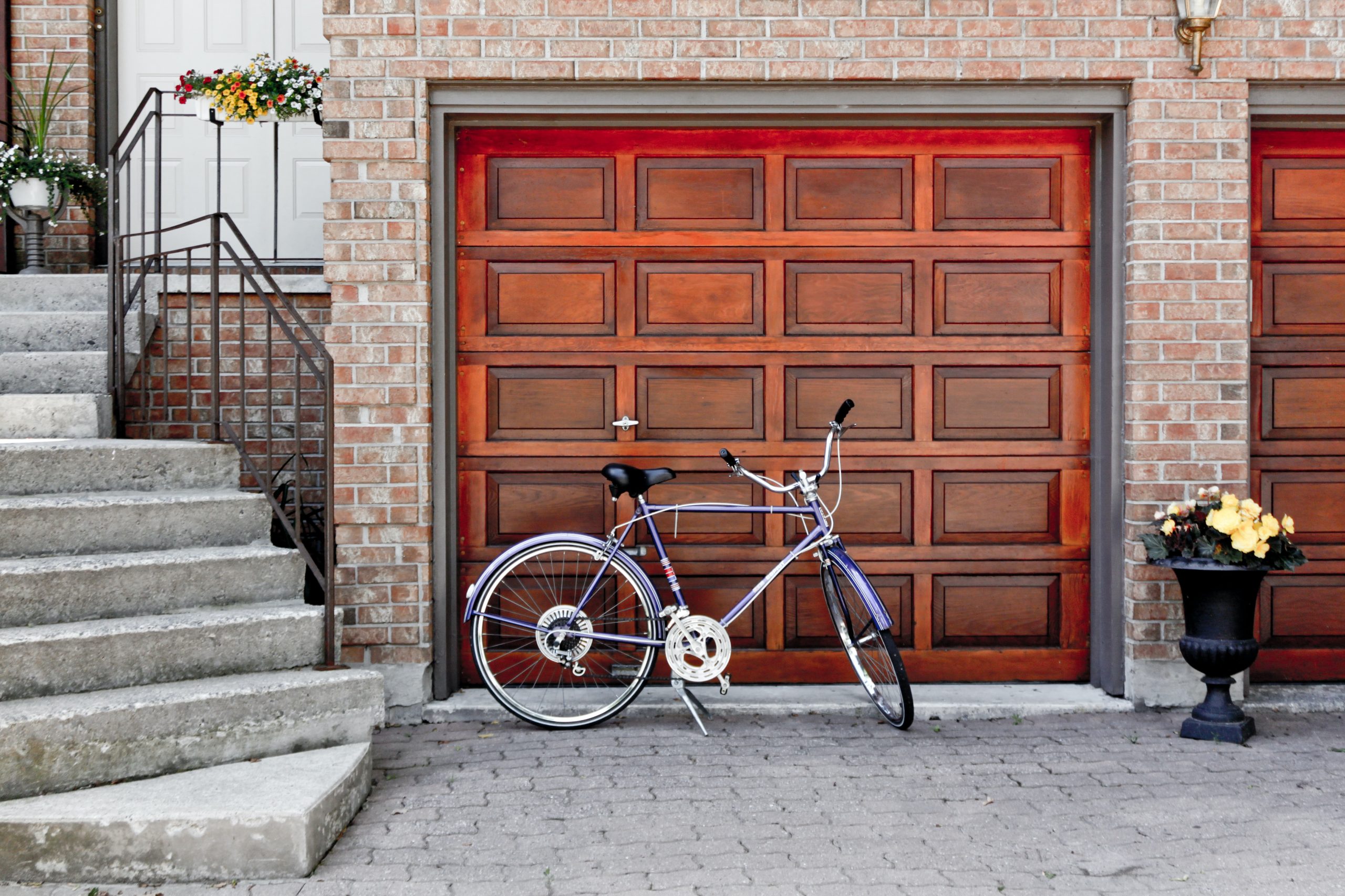Sealing your Attached Garage
Sealing your Attached Garage
For many people an “attached garage” is an asset in a home: the convenience of parking and walking inside under cover is very attractive when there’s extreme weather outside! However, from an air quality perspective, attached garages are actually a liability, unless the garage has been air-sealed from your house!
In our articles about negative air pressure here and here, we talked about how contaminants can enter your home from the garage. The garage not only has car exhaust fumes, it can also have paint or chemical fumes from your hobby, VOCs from pesticides and insecticides stored there, and possibly even exhaust gases from your gas water heater, furnace or clothes dryer. Need we mention the mold and mildew spores when humidity and cardboard boxes create the perfect environment for mold? It’s almost like having an unsanitary neighbor in the apartment next to you…now, does an attached garage still seem like an “asset” to your clean, healthy home?
If you are coming around to a healthier way of thinking about your garage, it’s essential to consider installing some boundaries with this unsanitary neighbor! “Air sealing” is more than just a tight-closing door. It goes from the ground (foundation), through walls and insulation and even into the attic. That’s right–if the attic over your garage is not sealed from the attic over your home, you got it–there is shared airspace and the possibility of contaminants crossing over from the air that circulates there due to changing temperatures.
As with most air-sealing projects, creating this boundary is easiest if it’s done during the building phase. The easiest way is to build your attached garage as a “separate” building…as in this article. Jake Bruton of Airow Building in Missouri does it this way: do all the framing for the house, install your air barrier, and only then, frame the garage on the other side of the air barrier. Finally, any penetrations like electrical and ventilation must be properly sealed.
Another way to airseal during construction is to hang drywall on the shared wall inside the garage, foam the penetrations like light switches and outlets on that wall, and also run plywood sheathing above it to the roofdeck, using sprayfoam to seal the entire barrier in the attic as in this video. Sprayfoam really is the only way to effectively seal around ceiling joists, which often run straight over the wall from the home into the garage.
This is all great...for new construction. What if you are buying an existing home, or just now want to upgrade your home? First of all, examine that shared wall from the garage side, from floor to ceiling.
If the drywall is finished, that’s good. Finished drywall can be an air barrier. However, you’ll want to remove any trim like baseboards or trim around doors, faceplates like electrical plates, and uncover any penetrations. Get some spray foam in a can and seal all of these cracks with spray foam. You’ll want to cover the space from the sill plate to the drywall, the spaces around electrical boxes, and around any pipes sticking through the wall like gas pipes or hot water pipes if you have a hot water heater in the garage. Make sure to seal around the door frame if there’s dead space there.
If the drywall is not finished (no tape and mud or just insulation), that’s even better! Consider removing the existing drywall on the garage side (you can install it again later if screws were used), as well as any fiberglass or rolled insulation, and sprayfoaming the entire wall. Spray foam can be an excellent air barrier if it’s done by a pro. Before you schedule the job, however, go to the next point and prep the attic space so that they can foam there as well.
If the attic space between the garage and home are shared, you’ll need to build a partition wall between them. Of course this is not a fun job, because attics are typically low, cramped and have extreme temperatures, but it’s critical if you’re going to do a thorough job. Then, the wall can be sprayfoamed on the attic or house side, or at least foamed around the roof, rafters and joists and taped where plywood sheets come together.
Ventilation (air conditioning and heating) is something that should never be shared between a house and garage, because that is a sure way to pull those contaminants right in and distribute them around your home! If you do have a shared system, consult with an HVAC company about terminating the vents to the garage and installing a dedicated mini-split. For small garages, a window air conditioner and portable heater will do the trick!
If flexible ventilation ducts go over the garage with no vents, it’s really hard to get an air seal around flex ducts. If you can’t/don’t want to switch to metal ductwork, install a collar in the attic wall that separates the garage and house (the one you build as in bullet #3 above), and attach the ends of the flex duct to it, so the wall can still be adequately airsealed.
The door between the house and garage, of course, is an area that needs to seal tightly. Adjust the door so that no daylight shows around the perimeter (I know, this is easier said than done!) and use weatherstripping around the sides so that it seals when closed. If necessary, install a “sweep” on the bottom or replace the rubber seal in the threshold so the bottom seals as well.
Here are some product recommendations for air sealing the garage:
Air-sealing tapes can be expensive, but don’t scrimp: don’t use duct-tape, vapor-barrier tape or anything less than a product that is for air-sealing. ZIP System is a great brand and be sure to buy more than you think you will need, because there always seems to be another seam to seal! Use this tape to seal plywood edges together, seal the door frame to the drywall (if you can’t foam it), etc.
Spray foam cans come in lots of formulations: small cracks (less than ¼”), larger gaps and cracks ( ), pest block formula (who knows what kind of chemicals are in there), but just be sure to buy a good number of the small and large gap formulations before you start the job. Wear gloves, safety goggles and old clothing (long hair safely tucked away) because this stuff is super sticky! Also, if you use a can quickly, you can reuse the same straw on the next can, and save the extra straw in case one gets plugged or lost. Unless you buy the “smart dispenser” version, the straws and remainder in the can cannot be reused after about 30-40 minutes, so be sure to have several spray areas ready when you start spraying! After it hardens, you can use a utility knife or hacksaw blade to cut away excess foam. Consider these different products:
Great Stuff Window and Door gently expands so that frames will not warp under pressure.
Great Stuff Gap and Cracks (use in gaps up to 1”)
Loctite Tite Foam, pack of 2 for $19
Great Stuff Pro (large cans, $14 each–a great tool for a large job because it’s easier to dispense and can be reused for up to 30 days); however it requires a special gun. Users report that a can goes a LONG way (3-6 cans on a large home) but if you have more air-sealing to do, it’s worth having several more on hand.
And more…
Not only will your house smell better and stay cleaner after these airsealing improvements, you’ll probably notice less cold drafts in winter and hot air in summer, since most attached garages are not conditioned. Finally, complete your sealed garage upgrade with a funny sign reminding everyone to “close the door”...after all, airsealing can only go so far when the door is open!!
Photo by Kevin Wolf on Unsplash



